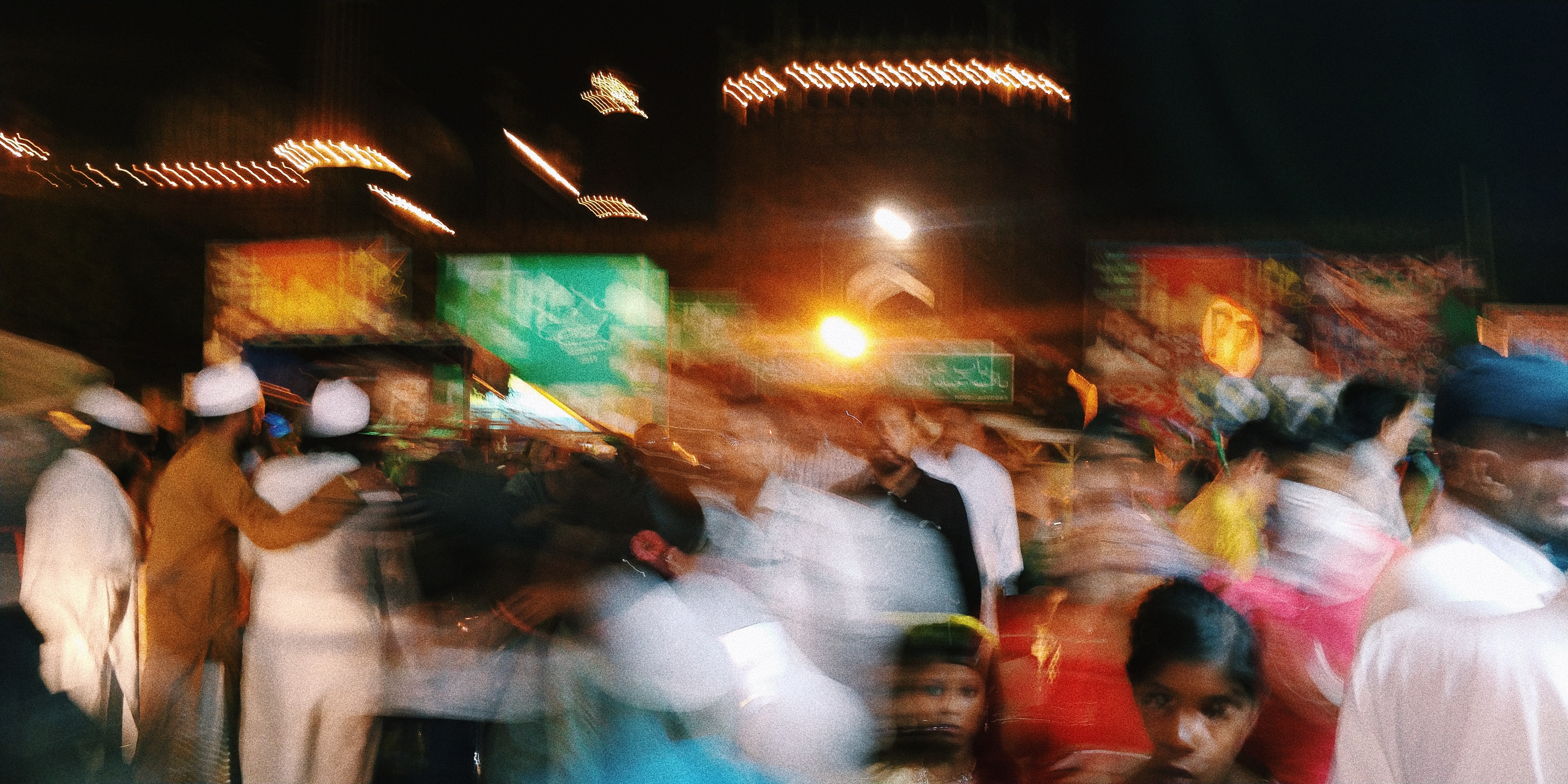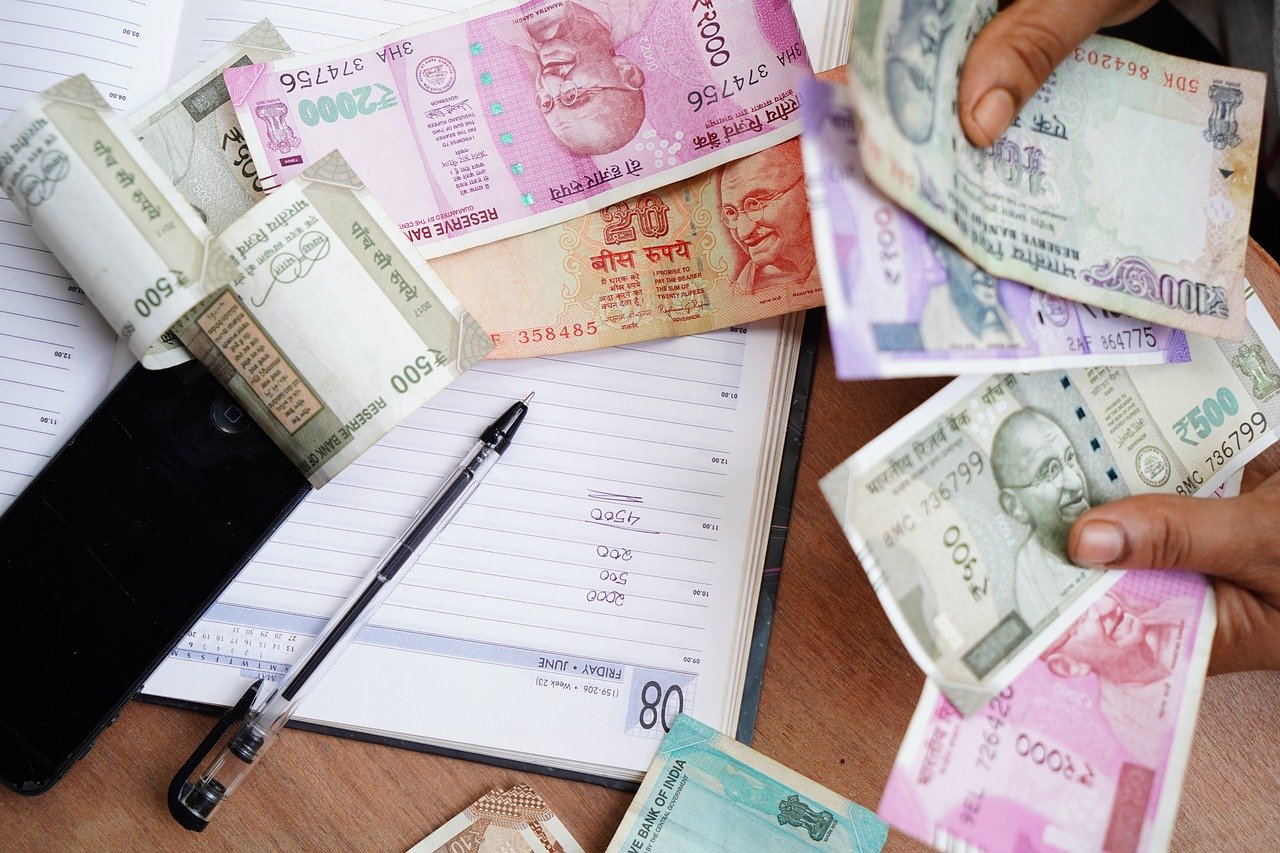In many of Narendra Modi’s speeches on tackling the spread of COVID-19, the Indian Prime Minister has employed a set of war-time metaphors to direct the nation’s response. Here Shreshtha Das (Independent Researcher, New Delhi) argues how this linguistic approach has turned citizens from some of the country’s marginalised groups into suspected enemies and criminals, against whom the wrath of the state and the society has been unleashed.
On 14 March, Indian Prime Minister, Narendra Modi, called on Indians to act as “disciplined soldiers” in the “war” against the coronavirus. On 25 April, in his weekly radio show ‘Mann Ki Baat’, the Prime Minister said that the entire country was fighting the coronavirus war “as soldiers”. And not long after his national shutdown, his government requested citizens to join as volunteers in the “war against COVID-19”. The Indian government have not been alone in using such language. The Indian media has regularly been recycling these war-time metaphors when reporting on the crisis.
While many have argued that the use of a war metaphor during this crisis creates a sense of urgency and seriousness among the public, its use is not without serious consequences, intended or not. War-time metaphors breed anxiety and panic, as well as legitimacy in defeating an “enemy” at any cost, a cost that is currently being heavily paid by marginalised communities throughout the country.
Language Matters
One of the key expectations created by using a war metaphor in dealing with an epidemic is for people to willingly forfeit their human rights, as ‘defeating the enemy’ necessitates strong measures which may have a detrimental impact on human rights. The crisis faced by migrants in India, the difficulties faced by persons with disabilities and hardships of other marginalised groups can be justified as collateral damage in the pursuit of a larger fight.
Equally, the ‘war’ and ‘enemy’ rhetoric provides a way to legitimise authoritative action carried out to implement the government’s action plan. Different states in India have varyingly implemented this. In the state of Maharashtra the police have been given a “free pass” to enforce lockdown restrictions, without any risk of legal repercussions for their actions; and in the state of Telengana, the Chief Minister of the State threatened people with shoot-at-sight-orders against violators. It comes as no surprise then that within the first few days of the lockdown, news circulated of an excess of police violence, including the case of the death of a young 19-year-old who was beaten up by the police on his way to buy food. Cases such as these continued to be reported despite requests by international organisations that have stressed the need to uphold human rights as states plan and implement their responses to COVID-19.
Relying on the metaphor of war, Modi has also called upon Indians to remain “alert” and not become complacent in handling the pandemic. Needless to say, this has been understood in a way that has encouraged extreme public acts of vigilantism. Media reports point to many instances where resident welfare associations have obstructed and misbehaved with airline crews involved in the rescue operation of stranded Indians. There are also reports of doctors being evicted from their homes for fear of further spread.
The use of a war metaphor, therefore, is not simply a question of language that can be easily dismissed. Instead, it provides a glimpse into the government’s approach in responding to COVID-19, and the lack of a human rights lens inherent within it.
Another excuse for Islamophobia
The biggest danger in adopting a war metaphor to deal with a public health crisis is perhaps best seen through the manner in which participants at a religious congregation organised by the Muslim missionary movement, Tablighi Jamaat, between 13-15 March in New Delhi, were treated.
War by its very nature is divisive. Faced with an ‘invisible enemy’, it did not take long for many Indians to find a more tangible ‘enemy’ that they could turn their ire on. Given the strong Islamophobia that permeates both the state apparatus and society at large, the attendees of the Tablighi Jamaat event were immediately demonised as a national threat.
Continuing to draw on wartime euphemisms, state officials jumped at the chance to create the story of a thrilling battle surrounding the virus in which possible patients became suspects who were ‘hiding’ and therefore need to be ‘hunted’ by the state. Consider for example, the statement by the Maharashtra Home Ministry: “Around 50-60 people who had returned to Maharashtra from Nizamuddin Markaz (Delhi) have switched off their phones and are trying to hide. Police are looking for them in various parts of the state.” Similar language has been used by Uttar Pradesh Power Minister Shrikant Sharma. The media too helped create a further frenzy that required attendees to be “hunted” down.
This callous sensationalising of possible patients by elected officials as “terrorists” who should be “shot dead” for allegedly not seeking treatment, has not been without dire consequences. As the tale of a war against attendees of the Tablighi Jamaat event was weaved by the state and the media, cases of discrimination against Muslims in India rose steadily, despite detailed reports of the high numbers being a result of sampling bias.
In just a few weeks, further such cases have also been reported, including the denial of hospital care to a pregnant woman based on her religious identity; resident welfare associations have passed a resolution against the entry of Muslims within the community gates. In different parts of India, Muslim fruit vendors and even relief workers were targeted and attacked on claims of spreading the virus.
Not only have the consequences exposed heavy bias and discrimination, it has caused bodily harm to many. In the capital city of Delhi, a 22-year-old Muslim boy has been heavily beaten after being falsely suspected of spreading the coronavirus. A 38-year-old Gujjar tea-seller in Himachal Pradesh died by suicide after being ostracised by his local community for his links with those who attended the Jamaat event. Another patient in Delhi’s Rajiv Gandhi Super Speciality Hospital who jumped from the 6th floor of the hospital. (The patient survived.)
Handling a public health emergency more inclusively
COVID-19 is a public health emergency and needs to be treated as such. This requires a very different approach from the one that underlies an approach heavy with wartime euphemisms.
First, as Cheryl Healton, the dean of the NYU School of Global Public Health has noted, the use of a war metaphor “makes it seem like it was something you couldn’t control”. However, the impact of a public health emergency can be hugely minimised through a well-funded and well-functioning public health system. This has not been the case for India.
Over the past two decades, India’s budgetary allocation for the health sector has been dismally around 1% of GDP. Despite commitments to increasing the expenditure to 2.5% of GDP by 2025, the 2021 health budget was only 56% of what it needed to be to stay on target. Furthermore, a detailed inquiry into India’s health system has revealed that India is woefully unequipped to deal with a public health crisis owing to policy decisions as well as a lack of supplies needed to handle the epidemic.
Second, both the WHO Health Emergency and Disaster Risk Management Framework and repeated guidance by WHO has stressed the need to have an inclusive framework that focuses on the needs of the most vulnerable and at-risk population, especially the poorest, as well as women, children, people with disabilities, older persons, migrants, refugees and displaced persons, and people with chronic diseases. The government’s ‘war’ approach barely focuses on that. Besides empty gimmicks, government relief plans have done little to alleviate the stresses caused on India’s vast economically disadvantaged populations due to the lockdown.
Most importantly, as laid down in the WHO framework, handling a public health crisis needs to have at its centre respect for individuals, which requires treating patients and possible patients with empathy and dignity. Instead, the government’s ‘war’ approach has turned them into suspected enemies and criminals, against whom the wrath of the state and the society has been unleashed.
A public health emergency provides a critical moment for countries to re-evaluate priorities and imagine a vision of a society that is based on more equitable values. However, India’s approach to the crisis, coupled with its continuing Islamophobia, leaves little hope that a different reality will emerge after the crisis.
This article gives the views of the author, and not the position of the South Asia @ LSE blog, nor of the London School of Economics. Featured image: Face Mask; Credit: @enginakyurt, Unsplash.








However, India’s approach to the crisis, coupled with its continuing Islamophobia, leaves little hope that a different reality will emerge after the crisis.